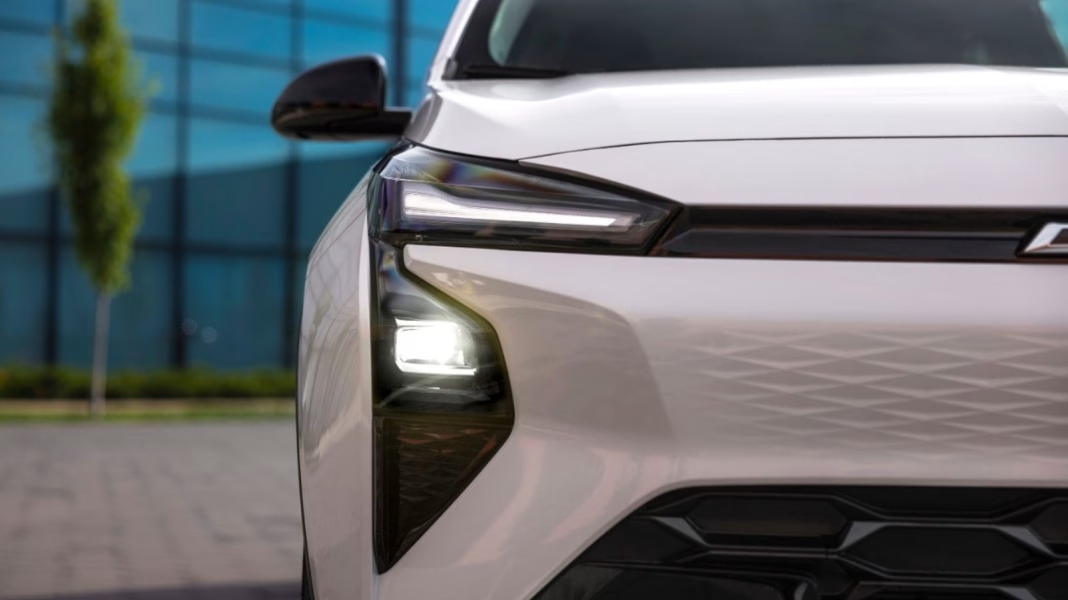Why Did Chevrolet Cancel the Bolt, and What Changed Their Mind?
Chevrolet’s decision to discontinue the Bolt left a lot of drivers scratching their heads. After all, the Bolt had become a staple for folks looking for an affordable, practical electric vehicle. So, what led to the initial cancellation? In short: battery supply issues, shifting corporate priorities, and the need to retool manufacturing plants for newer models. But here’s the twist—almost immediately after announcing the Bolt’s exit, Chevrolet started hinting at a comeback. Why the sudden change of heart?
The answer lies in the numbers. According to the U.S. Department of Energy, the demand for electric vehicles has surged by over 50% in the past two years. The Bolt, despite its age, was still one of the top-selling EVs in its price range. Chevy realized that walking away from such a strong market position didn’t make sense, especially as competitors like Hyundai and Nissan upped their game in the affordable EV segment. The Bolt’s loyal fanbase and its reputation for reliability played a huge role in convincing GM to hit the brakes on its retirement.
What’s Actually Changing With the New Bolt?
If you’re expecting a ground-up redesign, pump the brakes. The upcoming Bolt will get a refresh, not a total overhaul. Think of it as a smart facelift rather than a full transformation. The most significant update? The addition of a native North American Charging Standard (NACS) port. This means Bolt owners will finally have seamless access to Tesla’s Supercharger network, which is a game-changer for road trips and daily commutes alike.
Chevy is also expected to tweak the Bolt’s battery tech, likely moving to the more advanced Ultium platform. This should bring improvements in range, charging speed, and maybe even a slight bump in performance. While the exterior and interior will get some modern touches, don’t expect a radical departure from the current design. Chevy knows its audience—practicality and affordability still come first.
How Will the Bolt’s Return Impact the Affordable EV Market?
The affordable EV landscape has been in flux, with prices creeping up and incentives shifting. The Bolt’s return could shake things up in a big way. For one, it puts pressure on other automakers to keep their entry-level EVs competitive, both in terms of price and features. According to Kelley Blue Book, the average price of a new EV in the U.S. now hovers around $55,000, but the Bolt has consistently undercut that by a wide margin.
Chevy’s move to refresh rather than reinvent the Bolt is strategic. It allows them to keep costs down and pass those savings on to buyers. For families, commuters, and first-time EV owners, this could be the difference between going electric now or waiting another year. The Bolt’s comeback might also nudge other manufacturers to accelerate their own plans for affordable, mass-market EVs.
What About Charging and Real-World Usability?
Let’s talk about one of the biggest pain points for EV owners: charging. The shift to a native NACS port is more than just a technical tweak—it’s a huge leap forward in convenience. Tesla’s Supercharger network is widely regarded as the gold standard for reliability and coverage. By giving Bolt drivers access to this network, Chevy is addressing one of the top concerns for potential buyers: range anxiety.
Real-world usability is also getting a boost. The refreshed Bolt is expected to offer faster charging times and a more intuitive infotainment system. Chevy has hinted at improved driver-assistance features, making daily commutes and long trips less stressful. For city dwellers and suburbanites alike, these updates could make the Bolt one of the most user-friendly EVs on the market.
Is the Bolt Still a Good Value Compared to Rivals?
Value has always been the Bolt’s ace in the hole. Even as newer, flashier EVs hit the market, the Bolt’s combination of range, price, and practicality kept it in the conversation. With the refresh, Chevy seems determined to double down on that formula. If the company can keep the starting price under $30,000 (as industry analysts predict), the Bolt will remain one of the most accessible EVs in North America.
Of course, competition is fierce. The Hyundai Kona Electric, Nissan Leaf, and even the upcoming Fisker Pear are all vying for the same buyers. But the Bolt’s reputation for low running costs and solid reliability gives it a leg up. Plus, with the expanded charging options, it’s poised to address some of the biggest hesitations drivers have about making the switch to electric.
What Should Drivers Expect Next?
Chevy isn’t just bringing back the Bolt—they’re making a statement about the future of affordable electric driving. The refreshed model won’t reinvent the wheel, but it will make EV ownership easier and more appealing for a broader range of people. If you’ve been on the fence about going electric, the new Bolt might be the nudge you’ve been waiting for.
The big takeaway? The Bolt’s return isn’t about perfection—it’s about smarter adjustments. Start with one change this week, and you’ll likely spot the difference by month’s end.


